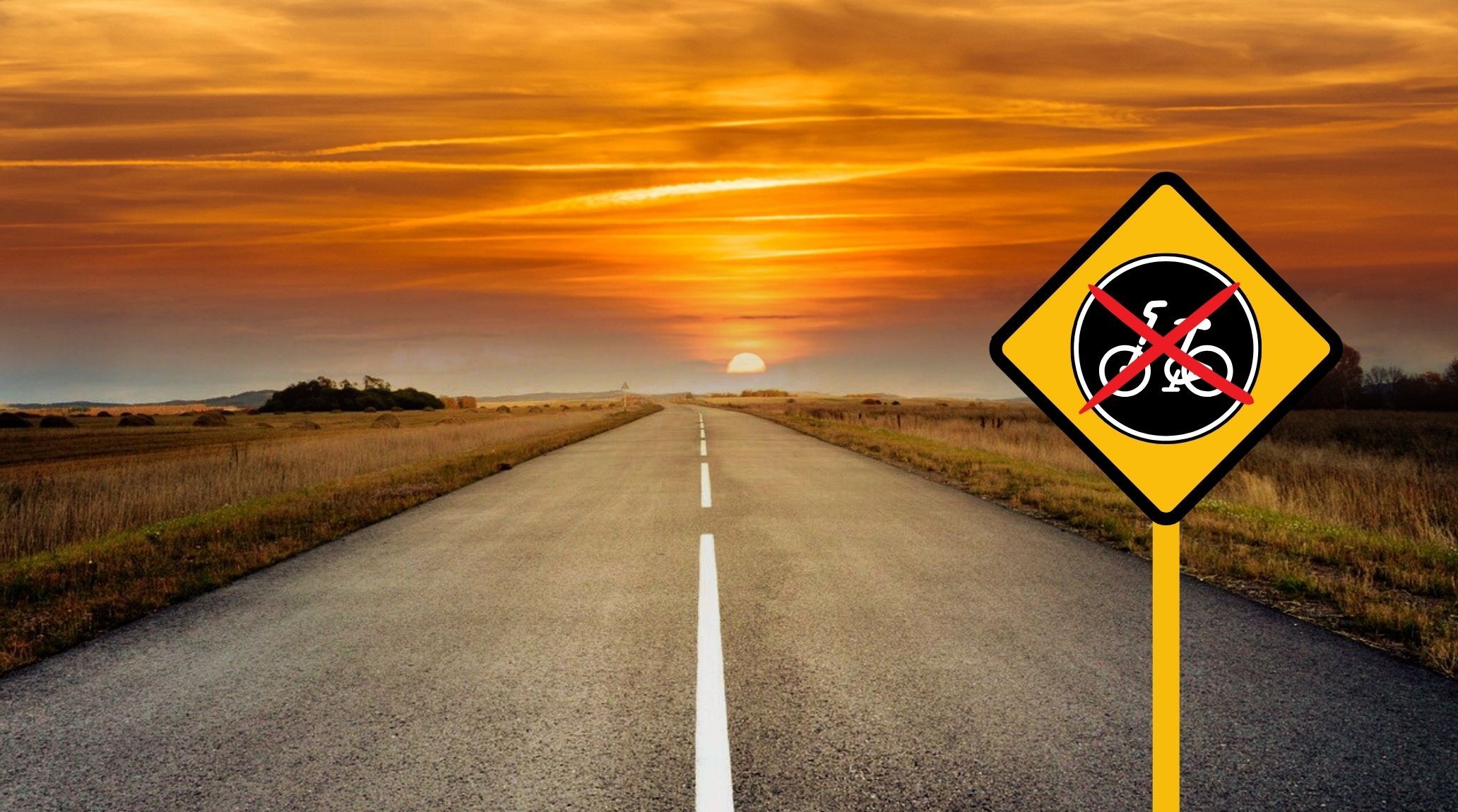
“
No cycling road signs play a crucial role in managing road safety and ensuring smooth traffic flow. These signs help to prevent accidents by clearly indicating areas where cycling is prohibited. Understanding their purpose and placement can enhance safety for both cyclists and motorists. Discover 20 essential facts about No cycling road signs and why they are an important part of road safety and traffic regulation.1
1
”
These signs mark areas where cycling is not allowed, often due to high pedestrian traffic or safety concerns related to the terrain or layout. They help ensure the safety of both cyclists and pedestrians. 1
The modern road sign originated in the late 1800s, initially created to warn cyclists of hazards on U.S. roads due to frequent cycling-related injuries. Lacking transportation safety, various cycling organizations collaborated to design these early warning signs. 2
The "No Cycling" sign is used globally, but its appearance and design can vary significantly between countries. For example, some countries use a simple red circle with a bike icon, while others incorporate additional symbols or text. 3
In some cities, "No Cycling" signs are placed in areas where the infrastructure is not suitable for cycles, like narrow sidewalks or high-traffic zones. This helps prevent accidents and ensures safer movement for everyone. 4
Road sign design and usage in the U.S. are regulated by the Federal Highway Administration's Manual on Uniform Traffic Control Devices. This guide, accessible online, outlines the standards for creating and implementing traffic signs nationwide. 5
No Bicycles Allowed" signs help create safer play areas for children by reducing the risk of accidents. According to the CDC, unintentional injuries are a leading cause of harm among children, making such signs crucial in designated play zones. 6
Early traffic signs were made of wood or stone, but they were not very effective. With the advent of the Industrial Revolution, metal became the preferred material for traffic signs, offering greater durability and visibility. 7
Some cities use "No Cycling" signs as part of broader efforts to improve urban mobility and reduce congestion. For example, restricting cycling in certain areas can help prioritize pedestrian spaces and reduce potential conflicts. 8
The international symbol for "No Cycling" is a red circle with a bike icon crossed out. This standardized design helps ensure that the prohibition is understood by cyclists and drivers from various countries. 9
"No Cycling" signs play a crucial role on scenic routes, safeguarding both the serenity of natural environments and the safety of visitors. By understanding their purpose, we see their importance in promoting harmony between cyclists and the community. 10
In some countries, cyclists are required to dismount in certain areas where cycling is restricted. These signs often feature instructions for cyclists to walk their bikes, combining regulation with practical advice. 11
Some cities have experimented with innovative designs for "No Cycling" signs, including those that change color or display digital messages. These dynamic signs aim to capture attention and adapt to varying conditions. 12

In Australia, "No Cycling" signs may include information about alternative bike routes nearby. This helps cyclists find suitable paths without completely deterring them from their journey.
The placement of "No Cycling" signs can be influenced by local laws and regulations, which vary from place to place. Understanding these differences is important for cyclists traveling across regions.13
"No Cycling" signs are sometimes used temporarily during special events or construction projects to manage traffic flow. This ensures that cycling routes remain clear and safe for all participants. 14
In some cities, "No Cycling" signs are paired with educational campaigns about safe cycling practices. These initiatives aim to reduce conflicts and promote a better understanding of road-sharing rules. 15
In France, "No Cycling" signs might appear in historic town centers where bike access could damage old pavements or interfere with street festivals. This helps protect the integrity of these culturally significant areas. 16
Some countries use "No Cycling" signs with multilingual text to accommodate diverse populations. This approach ensures that the message is clear to non-native speakers and international visitors. 17
In regions with extreme weather conditions, "No Cycling" signs might be used to restrict biking during dangerous conditions, such as ice or heavy snow, to protect cyclists from accidents. 18
Many "No Cycling" signs are made from reflective materials to ensure visibility at all times of day. This feature helps keep the prohibition clear to cyclists and drivers, even in low-light conditions. 19


